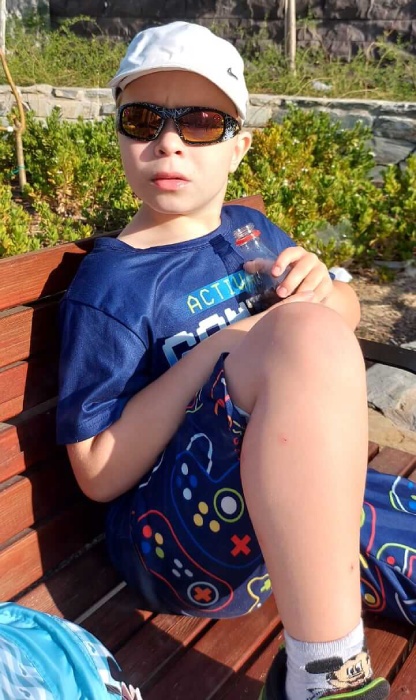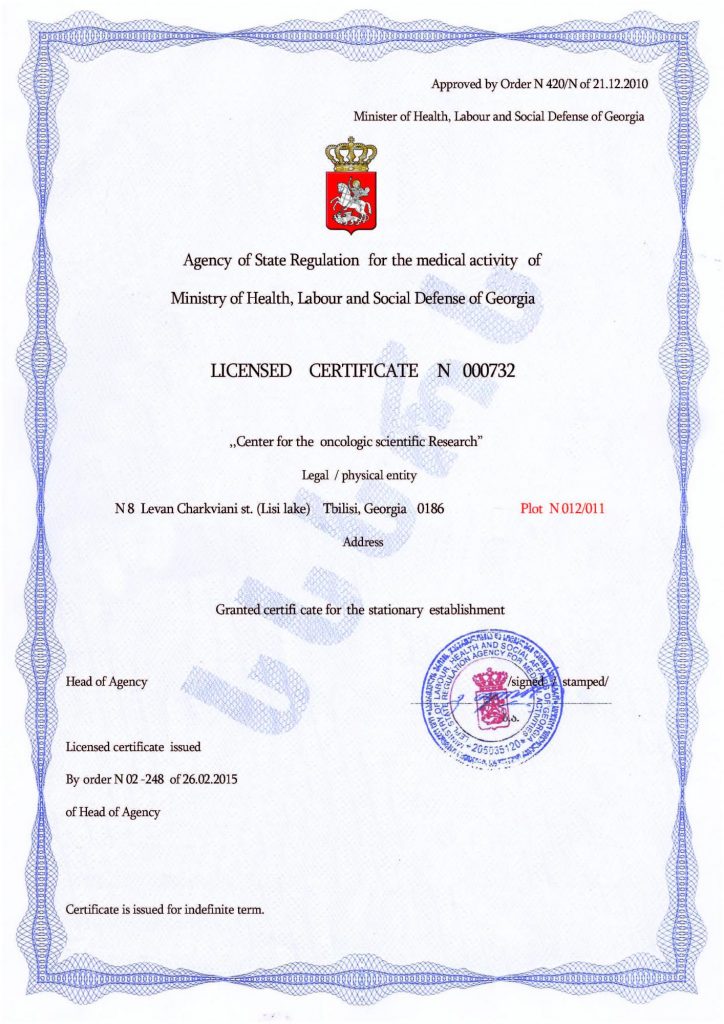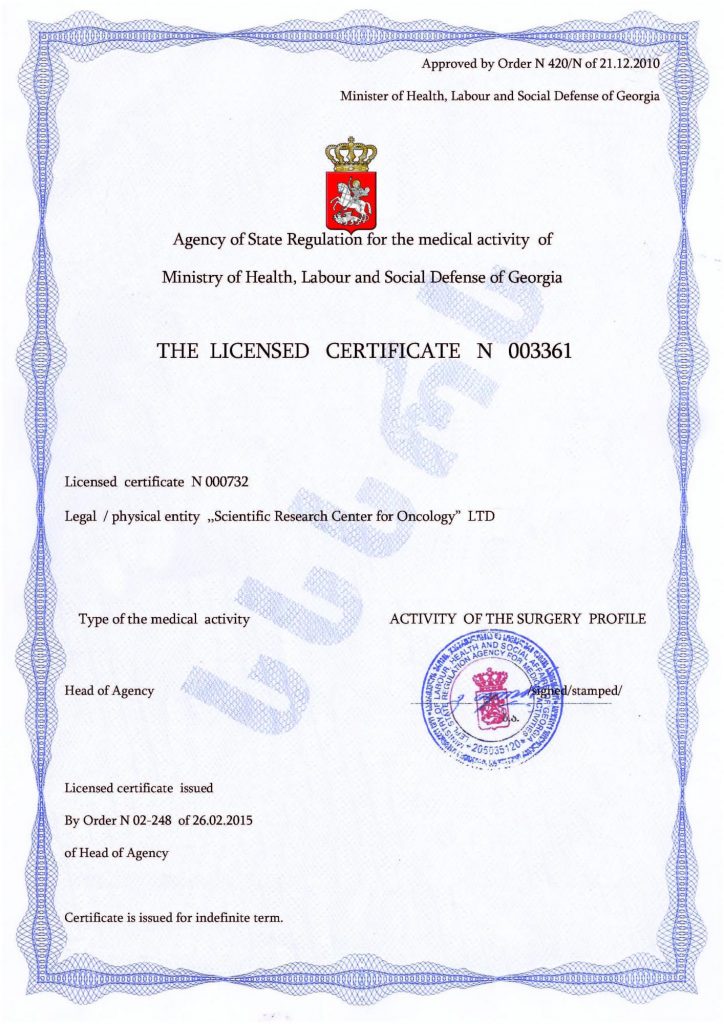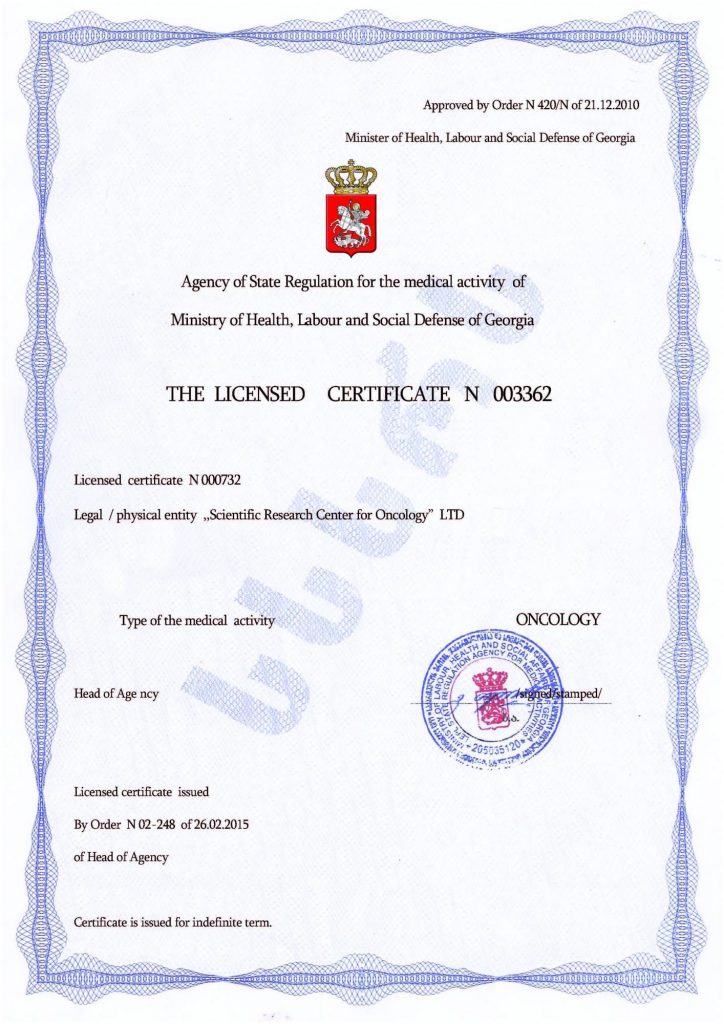Attention in Autism: How to Improve Concentration?
Many autistic children share a common characteristic — insufficient attention span. Attention is required not only in daily life but also for successful learning, and when it is lacking, additional difficulties in education can arise.
Causes of Reduced Attention Concentration
The main causes of reduced attention are distracting factors, which can be divided into two groups:
- Internal distraction, when the child is not focused on the task at hand due to boredom, lack of motivation, health problems, hunger, tiredness, and so forth.
- External distraction, when there is a stimulus competing for attention alongside the current task.
Overcoming External Distractions
External distractions are much easier to overcome:
- Create an environment free of distractions. The child’s room should be small because a large space can increase or trigger a desire to play. Walls should not have calendars, posters, or even clocks, and the desk should only have materials for the task to be completed.
- Tasks should be done sequentially because autistic children struggle with handling a large amount of diverse information, which leads to difficulties with self-control.
- Initially, give the child small tasks, encourage independence, and praise responsibility. This helps the child associate discipline with positive reinforcement. This approach should also be maintained at school.
Causes of Internal Distraction
Internal distraction has its own causes:
- Physiological unreadiness to learn or attend classes — the child may be hungry, sleepy, or have gastrointestinal problems.
- Lack of understanding of what is expected — often due to delayed speech development.
- Lack of interest in completing the task.
Improving Concentration in Cases of Internal Distraction
To improve attention in such cases, try the following:
- Identify the time of day when the child is in their “best state” in terms of mood, activity level, and is not under medication influence. Some children are more active in the morning, others in the evening until bedtime. This is the best time for learning.
- Establish a routine and, most importantly, follow it strictly every day. A routine is a fixed combination of time, activity type, and place.
- Insist on task completion. The more a child switches between tasks, the less attention they give to each. They should know when each activity starts and ends.
- Choose optimal tasks. Tasks that are too easy cause boredom, while overly difficult ones reduce motivation due to low chances of success. The task should match the child’s developmental level.
- Consider sensory preferences. Choose tasks that engage the child’s senses and interests. Everyone has their preferences, and these should be taken into account whenever possible. On the other hand, doing disliked tasks (like cleaning) can teach self-discipline.
Of course, parents have the right to choose their own methods, but it is important to remember that reduced attention is not just an individual trait but a symptom of the diagnosed autism spectrum disorder. Addressing the underlying disorder can help solve this and other problems.
The Role of Cellular Therapy in Improving Attention
Currently, the most reliable and fastest way to manage autism is innovative cellular therapy, which is safe and works as naturally as possible. It involves transplanting stem cells — the only cells in the body capable of transforming into any other type and replacing damaged cells with healthy ones. This process normalizes brain and nervous system function, stabilizes behavior, and reduces or eliminates other autism symptoms. Since the results are long-lasting, often lifelong, other correction methods become more effective.
While cellular therapy was once considered experimental, it has now gained widespread recognition and may become the main treatment method for autism and its symptoms. It is practiced by leading clinics worldwide, including the Mardaleishvili Medical Center. Their top specialists have extensive experience with stem cell transplantation and use state-of-the-art equipment. Treatment quality meets the highest global standards, and costs are lower than in other countries with advanced healthcare systems. An additional advantage is the comprehensive support staff provide, including help with travel planning and accommodation during rehabilitation.
Undergo cellular therapy — and your child will be able to focus!
Autism Treatment Center Videos
Autism treatment with own stem cells
Cord blood association congress
International Quality Crown
Autism Treatment Reviews
Autism treatment with own stem cells
The story of Alessandro (6 years old)
Autism Patient Testimonial - Stem Cell Treatment
Clients Testimonials

Anna – Sasha’s mother Read More

Amirkhon’s father — Tokhir Read More

Dilana’s mother Read More

Irina and Stefan – Ilya’s parents Read More

Kristina – mother of Nelly and Nik Read More












